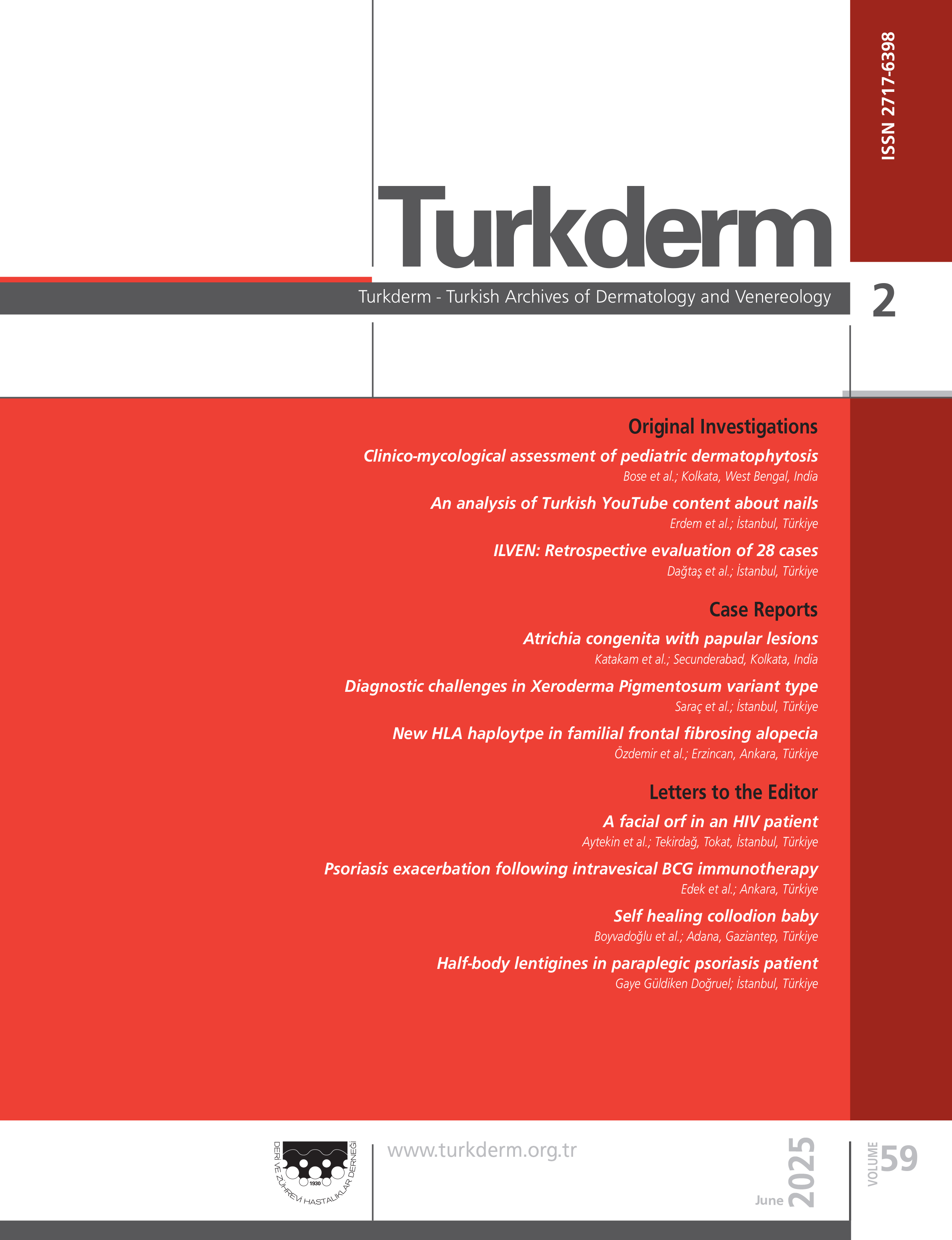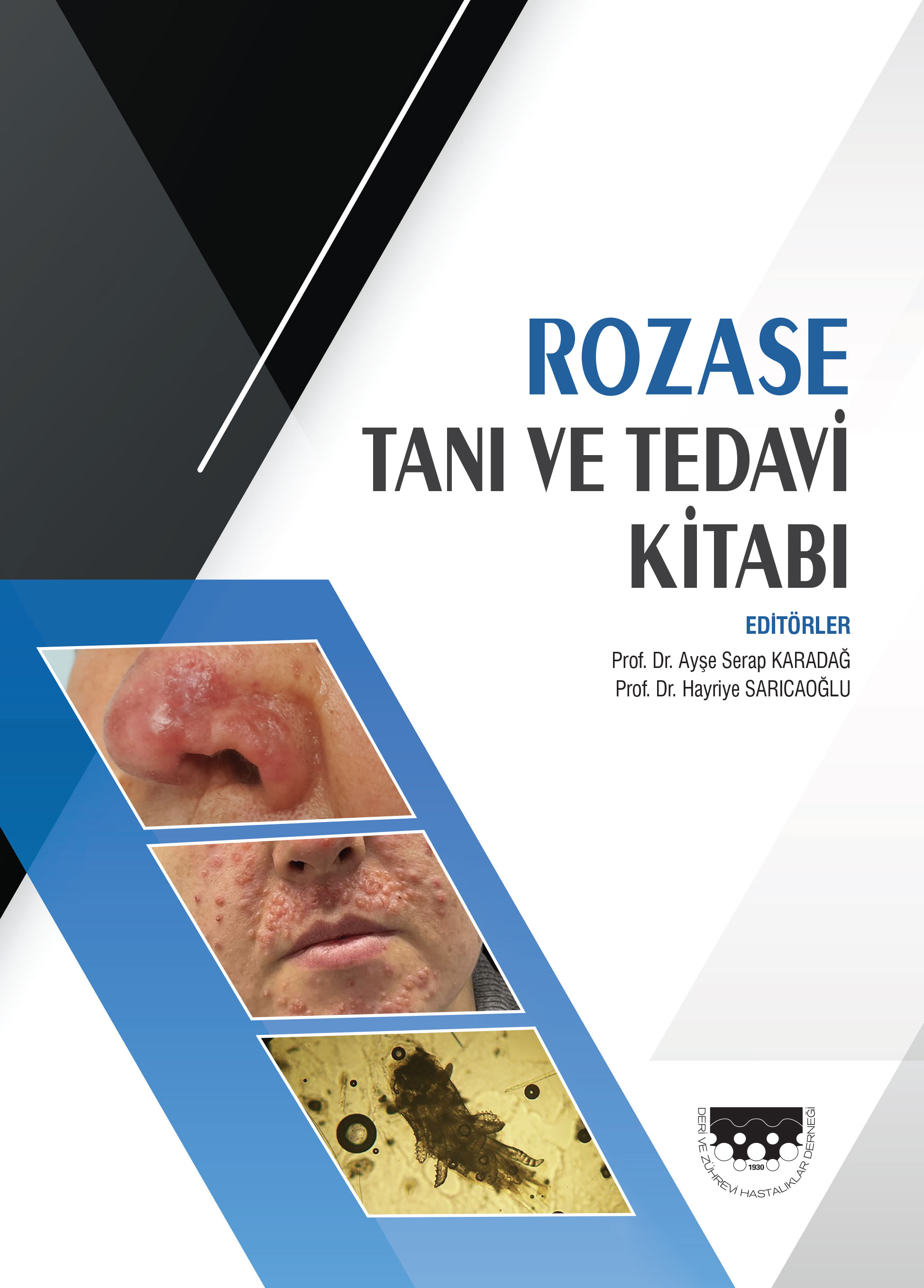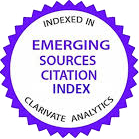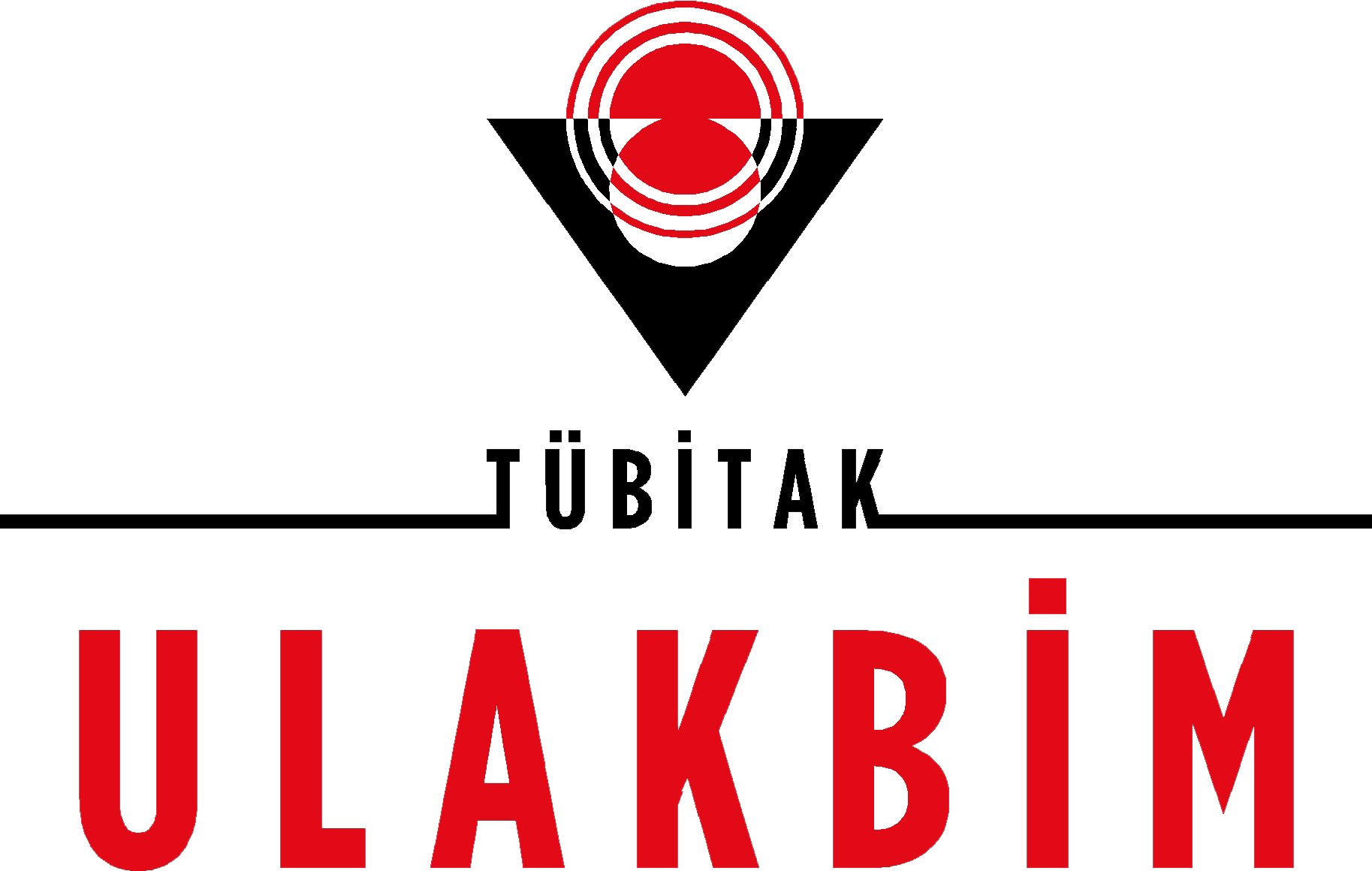Volume: 53 Issue: 4 - 2019
| 1. | Cover Pages I - VI |
| ORIGINAL INVESTIGATION | |
| 2. | The effects of topical liposomal resveratrol on incisional and excisional wound healing process Mehmet Yalçın Günal, Şule Ayla, Nejda Bedri, Mustafa Çağlar Beker, Ahmet Burak Çağlayan, İsmail Aslan, Ekrem Musa Özdemir, Erdem Yeşilada, Ülkan Kılıç doi: 10.4274/turkderm.galenos.2019.82612 Pages 128 - 134 Background and Design: The objective of this study was to investigate the wound healing activity of different concentrations of liposomal trans-resveratrol formulations on incisional and excisional wounds in rats. Materials and Methods: The wound healing effect was tested by an excisional and incisional wound model. Wound closure was measured for 12 days. On the 12th day of the study, maximal load, maximum stress, stress, and % of elongation values were evaluated in the incisional wound. In addition, angiogenesis, granulation tissue thickness, epidermal and dermal regeneration values, and macroscopic photographic analyses were evaluated in the excisional wound. Results: When the wound tissue surface healing rates were evaluated, similar effects were observed at the end of the 10th and 12th days between the 5% Res group and the commercial product containing 1% Centella asiatica extract used as the reference molecule. Histological evaluation showed that 1% Res and 5% Res groups induced significant wound healing activity compared to the control group. Furthermore, 1% Res and 5% Res groups increased wound healing rates by promoting granulation tissue, epidermal, and dermal regeneration as well as angiogenesis. Conclusion: Liposomal formulations containing 1% and 5% resveratrol were found to have positive effects on the healing process, both on excisional and incisional wound tissues. |
| 3. | Evaluation of the treatment responses with the recommended tools in patients with symptomatic dermographism Pelin Kuteyla Can, Emek Kocatürk doi: 10.4274/turkderm.galenos.2019.07348 Pages 135 - 139 Background and Design: Symptomatic dermographism (SD) is the most common form of the inducible urticaria that impairs quality of life significantly and requires further treatment. Guidelines recommend a stepwise approach starting with second-generation (sg) H1 antihistamines (AHs), and it has been advised that the same algorithm that is available for chronic spontaneous urticaria might be implemented in chronic inducible urticarias. However, there is a lack of clinical trials assessing the efficacy of AHs and omalizumab in patients with SD. In this study, we aimed to evaluate treatment responses in SD patients by using patient-reported outcomes and physicians assessment tools. Materials and Methods: This prospective observational study included 58 patients with SD. Treatment responses were evaluated with urticaria control test (UCT), patients global assessment of disease severity (PatGA-VAS), physicians global assessment of disease control (PhyGA-VAS), and dermatology quality of life index (DLQI) at 0, 4, 8, 12 and 24th weeks of the treatment. Results: Fifty-eight patients (40 women and 18 men) with a mean age of 36.9±12.38 years (range: 17-72) were included in the study. The mean disease duration of the patients was 31.8±46.22 months. Fifteen patients (43.1%) responded to single-dose sg-AHs, while 25 (43.1%) responded to updosing or combination of sg-AHs. The response was confirmed by increased UCT scores, PhyGA-VAS (p<0.001), and decreased DLQI scores and PatGA-VAS (p<0.001). Eighteen patients were diagnosed as AH-resistant, and omalizumab was implemented. Total response rates increased to 86.2% at week 24 supplementation with omalizumab treatment. Conclusion: One-third of SD patients is resistant to AHs and might require third-line treatment such as omalizumab. |
| 4. | The evaluation of variants, subtypes and atypical forms of mycosis fungoides in a tertiary hospital Hilal Kaya Erdoğan, Esra Ağaoğlu, Ersoy Acer, Deniz Arık, Zeynep Nurhan Saraçoğlu doi: 10.4274/turkderm.galenos.2019.34538 Pages 140 - 144 Background and Design: Clinical variants, subtypes, and early mycosis fungoides (MF) lesions may mimic other dermatoses. MF is the most common type of cutaneous T-cell lymphomas. In our study, we aimed to evaluate the clinical and histopathological features of patients with classical and variants, subtypes, or atypical forms of MF in our dermatology department. Materials and Methods: We retrospectively evaluated MF patients who were followed up in our dermatology department between 2008 and 2018. Demographic features (age and gender), duration of disease, clinical findings, stages, and treatments of patients with classical and atypical variants of MF were evaluated. Results: A total of 117 patients diagnosed clinically and histopathologically with MF were included in the study. Sixty-four of the patients were female (54%), and 53 were male (46%). The mean age at diagnosis was 55.6±16.03 years. The mean disease duration was 5.6 years. Sixtyone patients (52.1%) had stage IA, 20 patients (17%) had stage IB, 31 patients (26.4%) had stage IIA, three patients (2.5%) had IIB stage, one patient (0.85%) had IIIB stage and one patient (0.85%) had stage IVA disease. Atypical forms of the disease were detected in six patients (5.1%). Three (2.5%) of these cases were follicular MF, and one patient for each type of hypopigmented, ichthyosiform, and granulomatous MF. In addition to topical steroids, 99 patients (84.6%) received phototherapy, 20 patients (17%) had acitretin, six patients (5.1%) had topical bexarotene, four patients (3.4%) had methotrexate and one patient (0.85%) had systemic interferon treatment. Conclusion: MF variants, subtypes, atypical forms, and early lesions of MF may cause a delay in the diagnosis and treatment by mimicking other dermatoses. Suspicion of MF is warranted for early diagnosis and treatment of MF variants, subtypes, atypical forms of MF. |
| 5. | Omalizumab in chronic spontaneous urticaria treatment: real life experiences Burhan Engin, Uğur Çelik, Aslıhan Özge Birben, Özge Aşkın, Zekayi Kutlubay, Server Serdaroğlu doi: 10.4274/turkderm.galenos.2019.90001 Pages 145 - 149 Background and design: Urticaria is an intensely pruritic dermatologic disorder characterized by temporary erythematous and edematous lesions. Immunoglobulin E, mast cells and histamine play major role in its pathogenesis. H1 anti-histamines are the basis of the treatment but they may not be sufficient for some cases. Latest guidelines advise to use omalizumab, anti-IgE monoclonal antibody, for patients with refractory urticaria. Our aim is to evaluate the efficacy and safety of omalizumab in patients with chronic spontaneous urticaria and share the real life experiences in our patients. Materials and Methods: This study, which covers the 50 months between April 2014 and June 2018, includes data of 124 chronic spontaneous urticaria patients treated with monthly subcutaneous injections of omalizumab. 7 day urticaria activity score (UAS7) was used to compare the disease severity before and after the treatment. Results: A total of 124 patients consisted of 75 females (60.4 %) and 49 males (39.6 %) were enrolled. Mean UAS7 scores before and after the treatment were 32.4 and 2.8 respectively. Before the treatment, 107 of 124 patients (86.2 %) had severe urticaria while remaining 17 patients (13.8 %) had moderate disease. Urticarial lesions of 78 patients (63 %) completely disappeared under the treatment. 31 patients (25 %) had the disease under control. 12 patients (9.6 %) still had mild disease and remaining three patients (2.4 %) had refractory moderate symptoms. There was no correlation between treatment response rates and presence of thyroid autoantibodies or high IgE levels. There was no severe side effect observed during the treatment up to 36 months (mean 11 months). Conclusion: Our results supported the literature showing that omalizumab is rapid acting, effective and safe treatment choice for chronic spontaneous urticaria. |
| CASE REPORT | |
| 6. | Terra-firma forme dermatosis: Report of three cases Tasleem Arif doi: 10.4274/turkderm.galenos.2019.14237 Pages 150 - 153 Terra-firma forme dermatosis (TFFD), also known as Duncans dirty dermatosis, is characterized by dirt-like brown-grey cutaneous patches and plaques. Abnormal and delayed keratinization has been implicated in its pathogenesis. The disorder is not well known by dermatologists even though affected patients present with typical dirt-like lesions. TFFD can be easily diagnosed and treated with 70% isopropyl alcohol. It is important to recognize this benign dermatologic entity because it can be easily confused with many other dermatological conditions. Hence, in order to avoid unnecessary referrals, laboratory investigations, skin biopsies, and medications, a trial of wiping the skin lesion with 70% isopropyl alcohol pads is suggested whenever the diagnosis of TFFD is considered. In this article, the author is reporting three new cases of TFFD. |
| 7. | Erythroderma associated with secondary syphilis: A case report of unusual presentation and resurgence of the great imitator Raul Gerardo Mendez, Adriana Guadalupe Reyes Torres, Manuel Soria Orozco, Marisol Ramirez Padilla doi: 10.4274/turkderm.galenos.2019.2612 Pages 154 - 156 Syphilis is a chronic infection caused by the spirochete Treponema pallidum. The wide range of clinical presentations of secondary syphilis has given it the nickname of the great imitator. Erythroderma is a generalized inflammatory reaction of the skin secondary to a wide variety of causes; however, it is not considered a common cutaneous manifestation of syphilis. Here, we presented the case of a 74-year-old Hispanic man who presented to our clinic with a history of chronic recurrent erythroderma. His medical history was not relevant except for previous unprotected sexual intercourses. Extensive work up to determine the cause of erythroderma was performed, resulting in positive for syphilis infection. Subsequent treatment of syphilis infection resulted in erythroderma remission. |
| 8. | Riga-Fede disease like ulcers in old age: A case report Ayşe Tülin Mansur, Kağan Deniz, Kerem Özdemir doi: 10.4274/turkderm.galenos.2019.97355 Pages 157 - 160 Riga-Fede disease (RFD) is a traumatic, reactive benign disorder characterized by persistent ulceration on the tip or ventral surface of the tongue, seen mainly in infants and children. Lesions tend to develop after the eruption of natal or primary incisors, resulting from repetitive traumatic damage due to backward and forward movements of the tongue over the lower incisors. A literature survey has revealed a very limited number of reported cases of RFD in adults. Herein we reported a 70-year-old female patient who developed RFD-like ulcers on the tongue and buccal mucosa during the previous two months, while under treatment of dental implants. Histopathological examination and direct immunofluorescence of the ulcers and periulcer area did not yield a specific diagnosis. The lesions were resistant to systemic steroid treatment, however, after applying for a soft dental plate nightly for protection of the tongue and buccal mucosa, all ulcers completely healed in two months. With regard to the presented patient, we have reviewed the cases of RFD or RFD-like ulcers reported in adults and discussed the factors contributing to ulcer formation in our patient. |
| 9. | Diffuse large B-cell lymphoma, leg type: A case report Begüm Ünlü, Ayça Cordan Yazıcı, Güliz İkizoğlu, Yasemin Yuyucu Karabulut, Anıl Tombak doi: 10.4274/turkderm.galenos.2019.05873 Pages 161 - 164 Primary cutaneous diffuse large B-cell lymphoma, leg type is a primary cutaneous B cell lymphoma of aggressive behavior and regarded as a unique entity. We reported a 74 years old female patient who presented with rapidly growing nodules with an ulcer on her left leg for four months. Skin biopsy revealed pathologic findings consistent with diffuse large B-cell lymphoma. We want to emphasize that malignant entities should always be in mind in the differential diagnosis of rapidly growing nodules, plaques, and non-healing ulcers. |
| LETTER TO THE EDITOR | |
| 10. | Can you read the alphabet of secondary syphilis? Çağrı Turan, Emine Yalçın Edguer, Güler Vahaboğlu, Hatice Meral Ekşioğlu doi: 10.4274/turkderm.galenos.2019.80775 Pages 165 - 166 |
| TIPS FOR INTERVENTIONAL DERMATOLOGY | |
| 11. | Paying attention to facial cosmetic units in dermatologic surgery pays back Leyla Huseynova, Gonca Elçin doi: 10.4274/turkderm.galenos.2019.51437 Pages 167 - 169 |
| OTHER | |
| 12. | Subject Index Page E1 |
| 13. | Referee Index Page E2 |
| 14. | Author Index Pages E3 - E4 |























